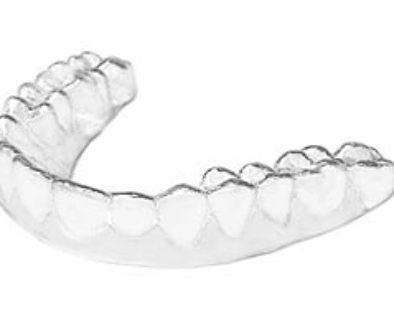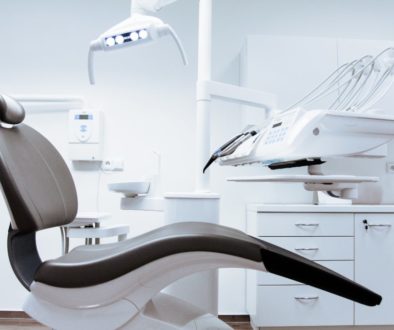Instruments Used To Clean Your Teeth
Dental hygienists use a variety of instruments to clean your teeth. What they use depends quite a bit on your specific teeth, how much build-up you have, sensitivity, what they prefer, or what you prefer.
Scalers
Scalers are the classic instrument that hygienists have used for as long as they have been around. Scalers are those scary looking instruments with sharp tips. The sharp tips are actually really important and helpful! Hygienists use them to remove all those hard deposits that build up on your teeth and below the gumline. This is the stuff that you can’t remove on your own unless you have your own scalers at home, know exactly where to look, and are really good at cleaning teeth! I’d leave this to your hygienist for the most part. When your hygienist uses a scaler you often feel a “scraping” sensation which can be mildly uncomfortable. This can also make your gums and teeth a bit sore and sensitive depending on how healthy your gums are and how much material has built up on your teeth.
Cavitron
A cavitron or piezo scaler is used when there is a lot of build-up on your teeth. It is an electronic device that has a small that vibrates at an extremely high rate of speed. Most of these devices vibrate at somewhere around 25,000-30,000 movements per second. The side of the tip is placed on your tooth and it disrupts and breaks up the build up much more easily than scaler. It also has the added benefit of disrupting any bacteria that may have built up. Some people don’t like the sensation of a cavitron. It makes a high pitch whining noise, can chatter a bit when it hits your teeth, and also has a tendency to build up a lot of heat so it needs a steady stream of water around it cool it off. For people with sensitive teeth this can be an issue.
Polishing Cups
Your hygienist usually uses the polishing cup at the end of your cleaning appointment to remove any remaining plaque and stain on your teeth. They use an abrasive paste that removes more plaque and stain than your typical toothpaste can do. An electric toothbrush gets as close to approximating this as anything at home can do. Some people don’t like this part because of the gritty feeling of the polishing paste. It kind of tastes and feels like flavored sand.
Air Polisher
Air polishers aren’t used in a whole lot of dental offices but can actually be quite helpful. Air polishers use a combination of water and sodium bicarbonate (baking soda) that is shot out in a pressurized stream of air at the tooth. Because of the high pressure it tends to remove plaque pretty easily. It is especially helpful for people with braces or other hard to clean areas such as implants or bridges. Polishing cups don’t do as well cleaning these types of areas. The biggest downside to air polishers is that they make a huge mess. The water and baking soda comes out as a mist and settles on just about everything (pretty much your entire face).






